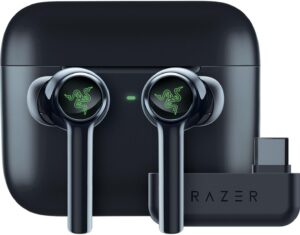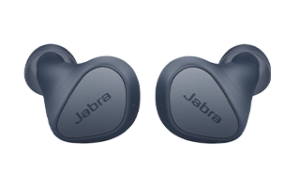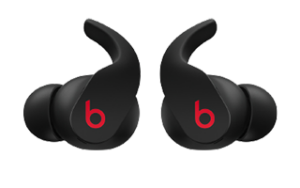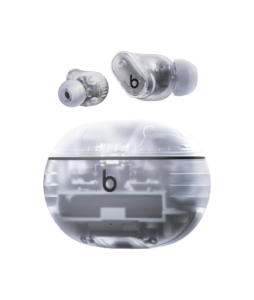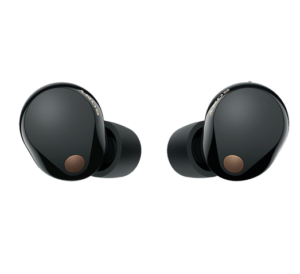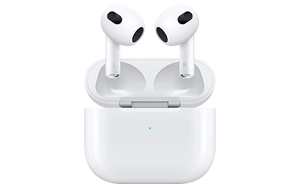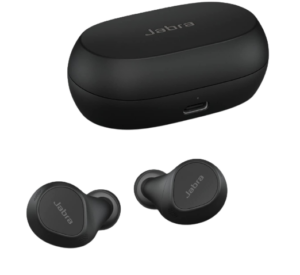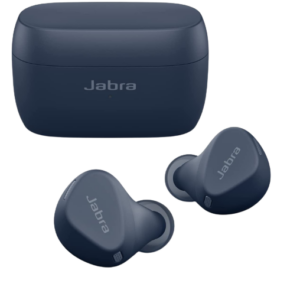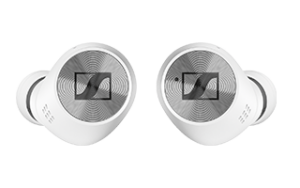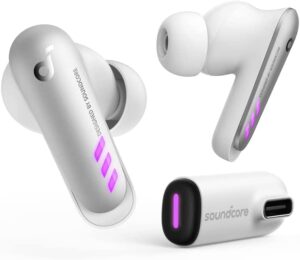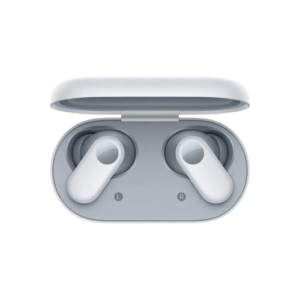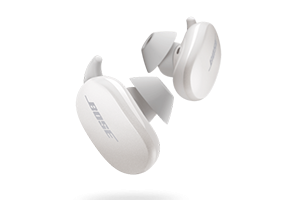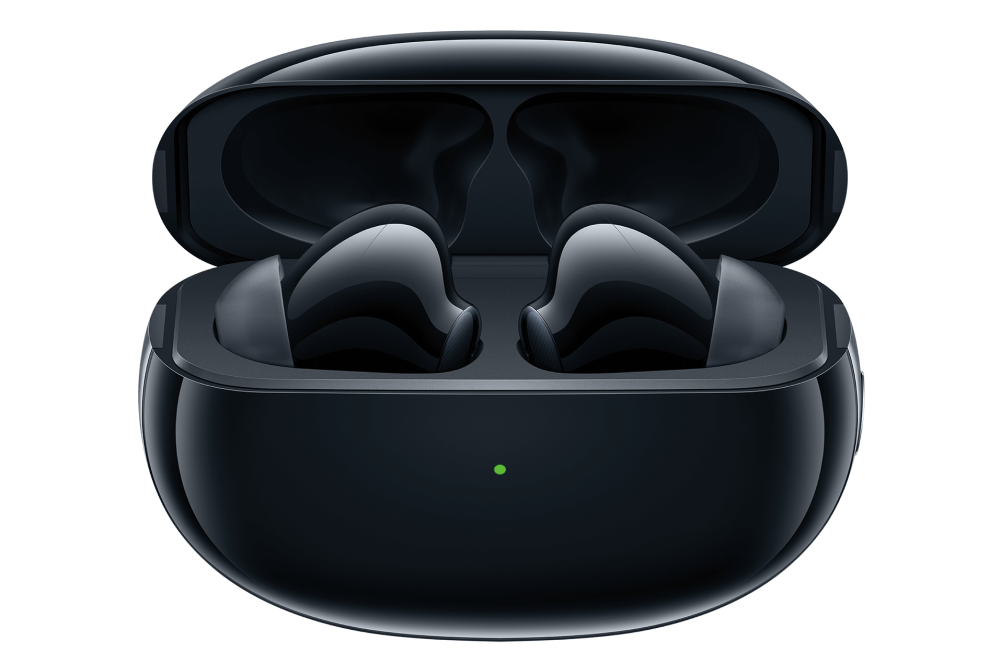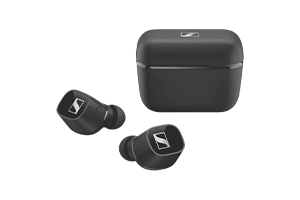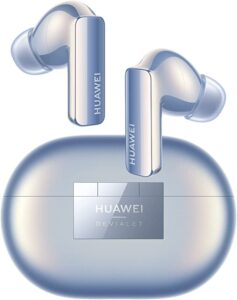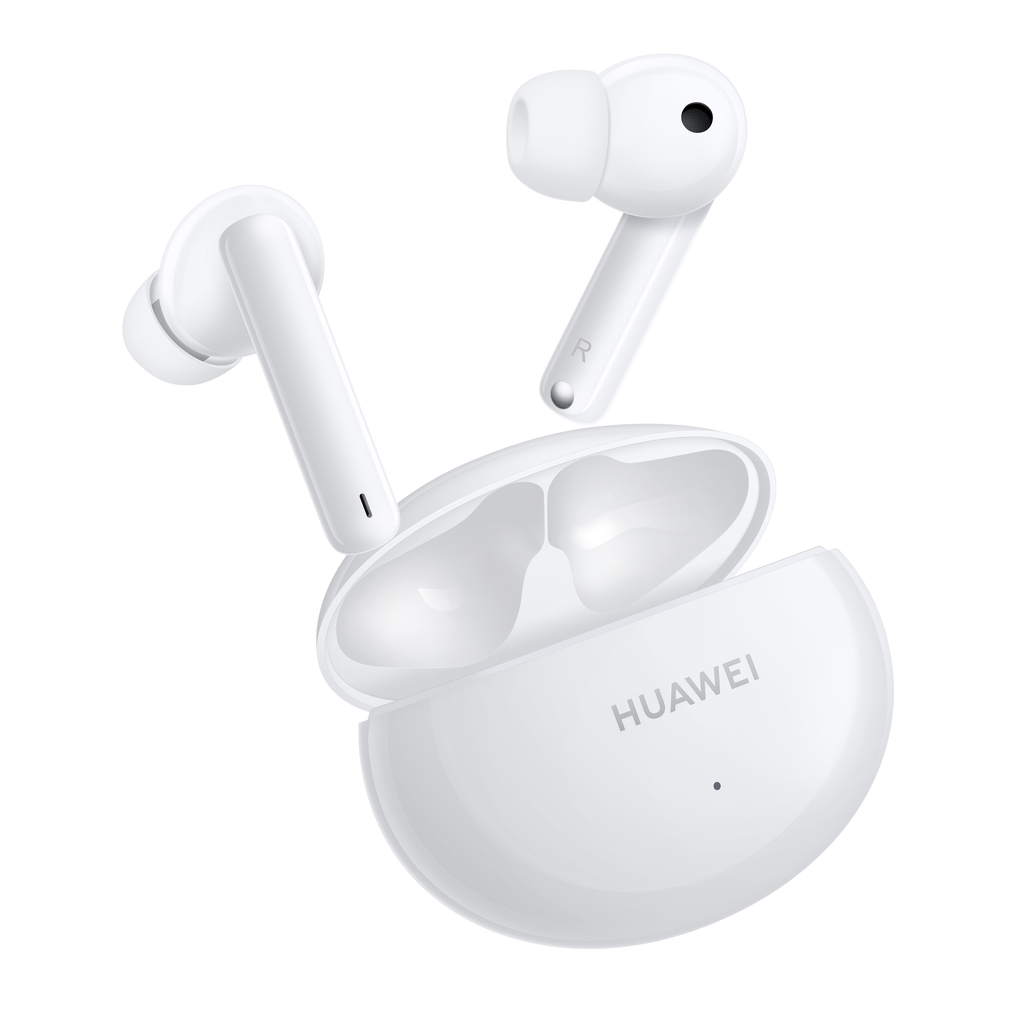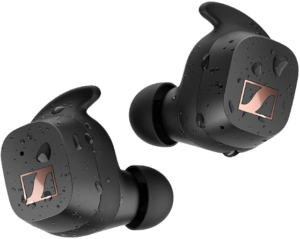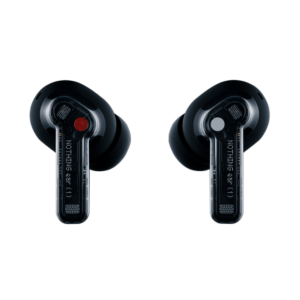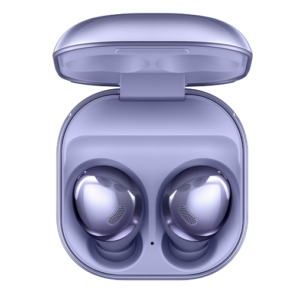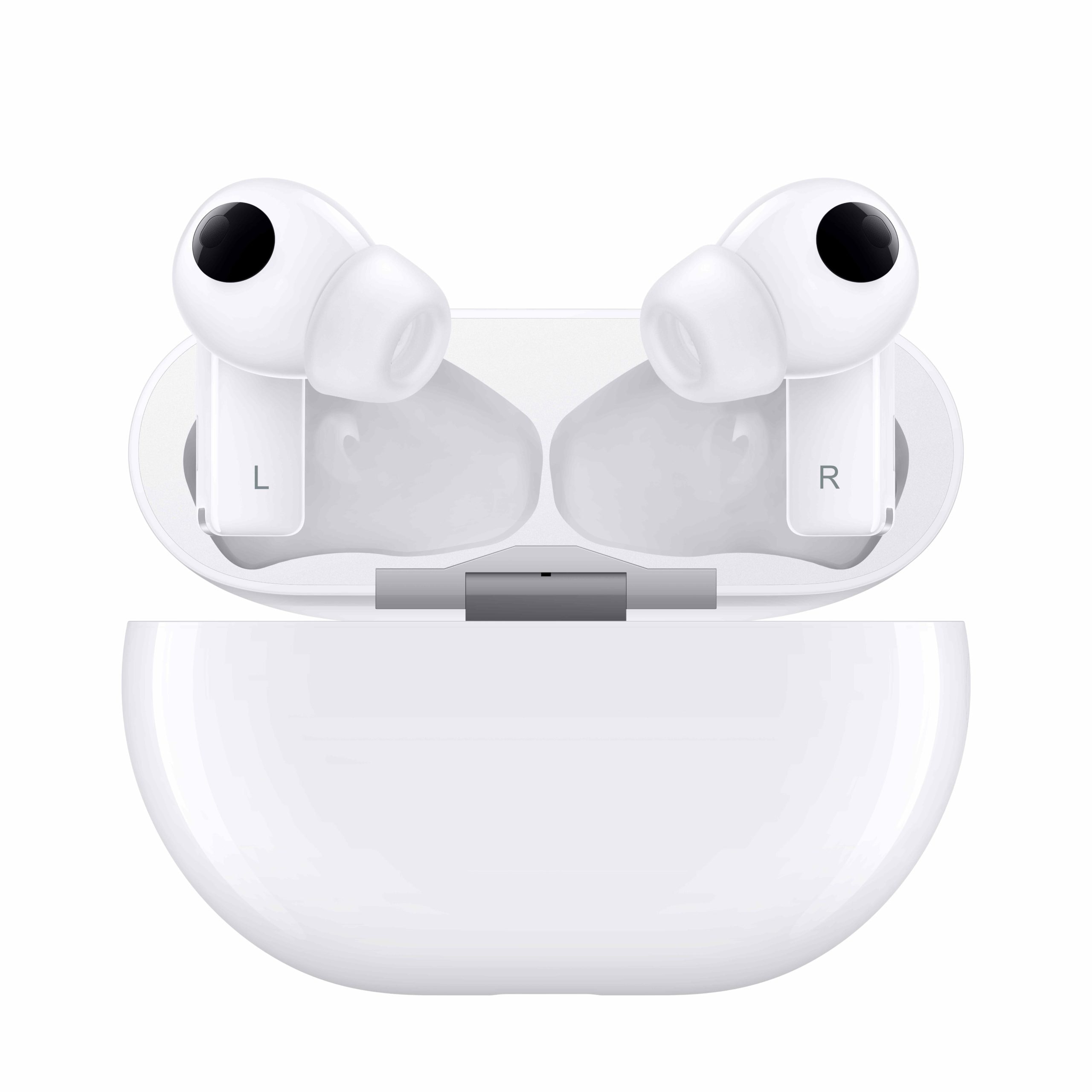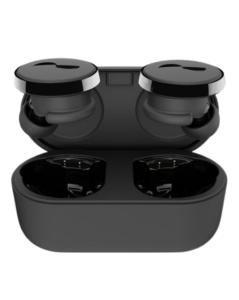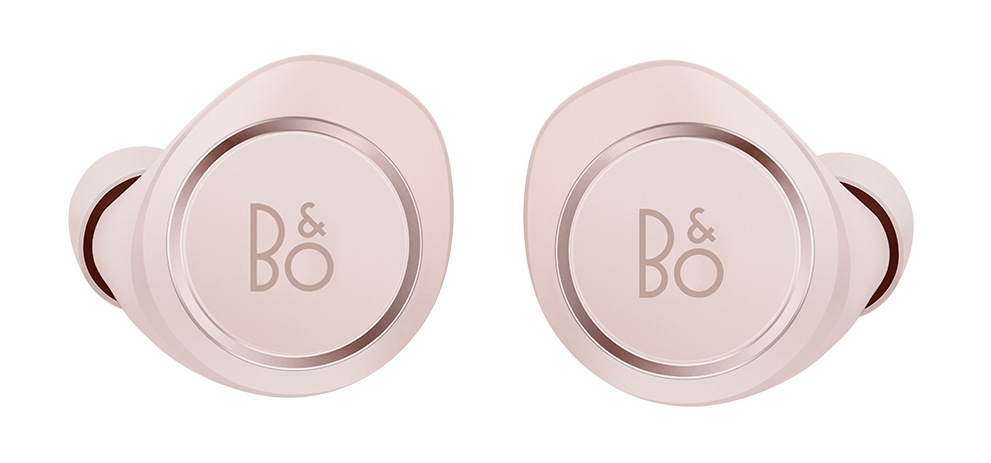The Razer Hammerhead Pro HyperSpeed earbuds are a pricey investment in excellent all-round audio.
Razer Hammerhead Pro HyperSpeed wireless earbuds review
It didn’t feel like so long ago that gaming headsets were an exclusive over-ear affair. Fast-forward to more recent times, and there are some great options, including the budget-friendly Soundcore VR P10 and the premium-priced Razer Hammerhead HyperSpeed. Now there’s also a more expensive Razer Hammerhead Pro HyperSpeed model to consider. Despite the even steeper RRP for the Pro version, the sound quality may be enough to convince you to invest.
How much does Razer Hammerhead Pro HyperSpeed earbuds cost in Australia?
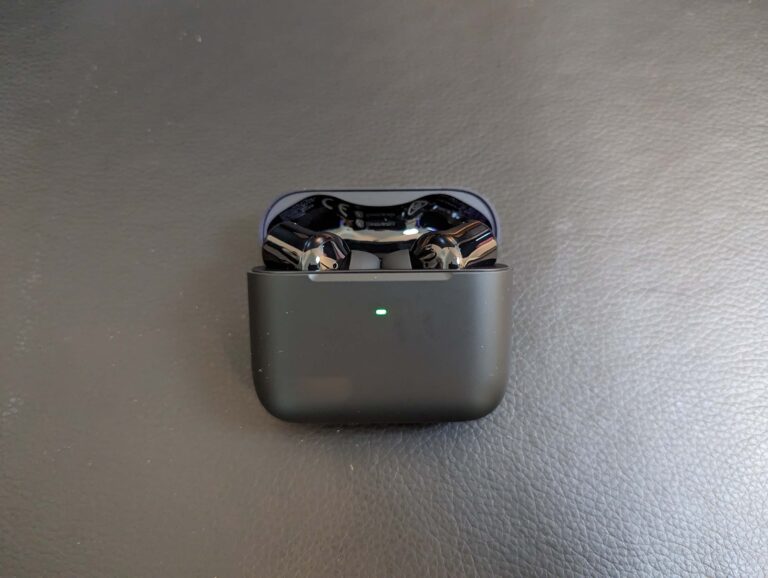
Creeping up towards the $400 price point, the Razer Hammerhead Pro HyperSpeed wireless earbuds aren’t cheap. That’s closer to premium territory than budget, trading RRP shots with the likes of the Sony WF-1000XM5, Bose QuietComfort Earbuds II, Beats Powerbeats Pro and the LG Tone Free TF8Q. But none of those are gaming earbuds.
If you want a cheaper gaming earbud alternative (albeit without the THX sound), consider the non-Pro versions of the Razer Hammerhead HyperSpeed. Alternatively, save even more money with the competitively priced Soundcore VR P10.
Razer Hammerhead Pro HyperSpeed sound quality
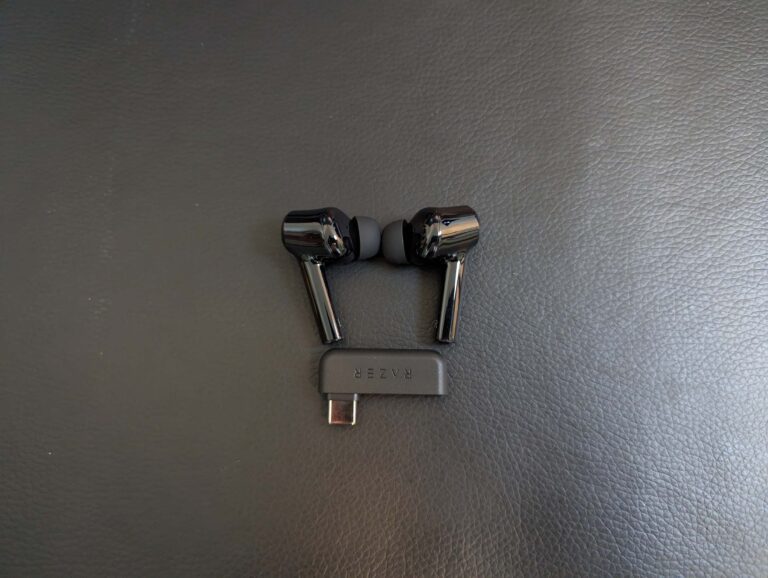
Unlike the non-Pro versions, the Razer Hammerhead Pro HyperSpeed earbuds have great default sound of the charging case. The big difference is THX Certified audio. With the regular Hammerhead HyperSpeed earbuds, I had to switch to bass-boost mode to find good sound. But with the Hammerhead Pro HyperSpeed earbuds, the Enhanced Bass setting is an optional extra for those who want some more oomph on the low end. Default audio is fantastic.
For comparisons, I pitted the Pro and non-Pro versions against each other, mainly because I doubted my ears when I was blown away by the Pro’s music playback. Of our test playback tracks above, it was only “Humming” by Portishead that I wasn’t fully into; what’s supposed to be faint static, instead, sat more front and centre in the soundscape than I’d like.
Still, there’s a backhanded compliment in that minor con. The clarity across highs, mids and lows is what’s most impressive. The layered bass pops in the intro to Carly Rae Jepsen’s “I Didn’t Just Come Here to Dance” and underscores Childish Gambino’s “3005” track opening. Ninia Simone’s “Feeling Good” sounds great in the buildup to the eponymous ending of each verse.
The Pro earbuds tamed the potential cacophony of Steely Dan’s “Do It Again” and Opeth’s “The Funeral Portrait”. And everything else I threw at it. I’m going through an electronica phase recently, and I find that I slow my roll to get to places slower just to enjoy the rest of a track with the Pros in my ears. In comparison to the at-the-time impressive audio of the non-Pros, Samsung Galaxy Buds Pro and Soundcore VR P10, it’s hard to go back after enjoying the immersive everyday audio of the Hammerhead Pro HyperSpeed earbuds.
Razer Hammerhead Pro HyperSpeed battery life
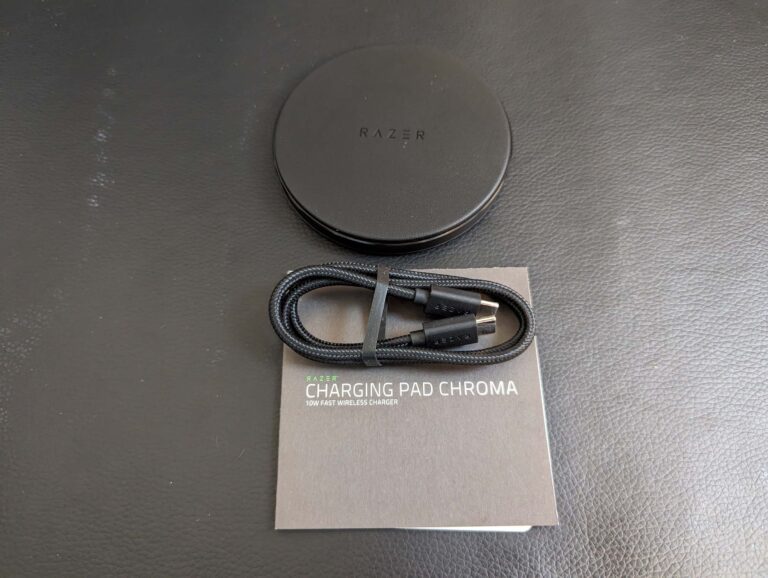
Razer makes some bold longevity claims with the Hammerhead Pro HyperSpeed earbuds. Under the right circumstances, you’re looking at 6.5 hours of earbud time with an additional 24 hours from the fully charged case. Naturally, there are disclaimers. That’s at 50% volume for music playback with a Bluetooth-only connection with lighting and active noise cancelling (ANC) off.
On the other end of the spectrum, it’s down to three hours with lighting on and ANC activated, with 11 extra hours from the fully charged case. That’s at 40% master volume, mind you, and it fell short of those numbers in my tests. Admittedly, I had both 2.4GHz and Bluetooth active, jumping between connections to track the battery life via Android app (Bluetooth) while gaming on PC at around 75% volume (2.4GHz).
I lost 15% juice in the first half hour of testing. After an hour, there was a charge discrepancy between the earbuds: 54% for the left and 62% on the right (50% overall according to my Google Pixel 7 Pro). After an hour and a half, it was at 28% for the left and 32% for the right earbud. My estimates put that closer to two or 2.5 hours for 2.4GHz gameplay at higher volumes with everything on. I advise disabling the lighting and/or ANC if you want to maximise a 2.4GHz gaming session.
The Pro earbuds are also compatible with wireless chargers. Razer sent me a Charging Pad Chroma ($99.95 RRP), which worked great with charging the Pros inside the closed case. I also tested wireless charging with my desktop PC and had no issues.
Razer Hammerhead Pro HyperSpeed game performance
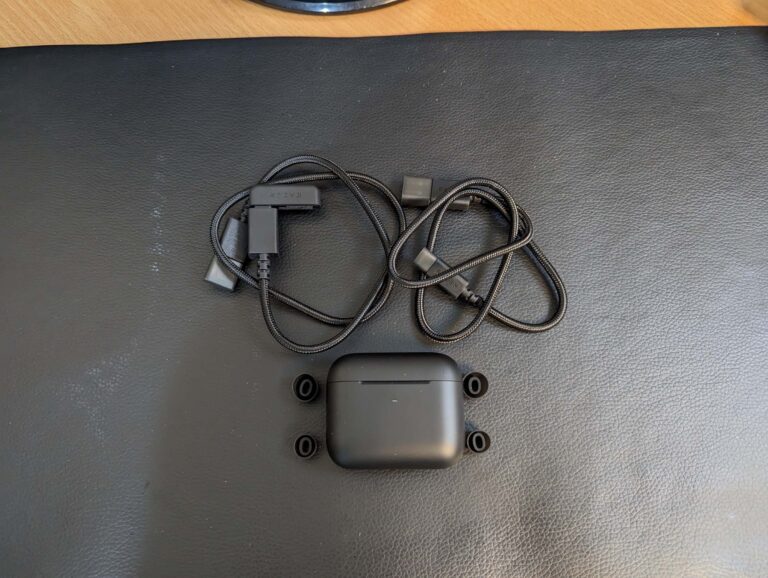
During my hours of testing via 2.4GHz wireless on PC, the Razer Hammerhead Pro HyperSpeed didn’t skip a beat. I tested primarily in Shadow Gambit: The Cursed Crew and Turbo Overkill—two games that benefit from speedy audio cues—and had equally impressive results for both. More impressively for wireless earbuds is the inclusion of an actually decent microphone with clear recording and transmitting.
Admittedly, it’s a bit odd that the footstep-boosting equaliser preset from the non-Pro version hasn’t made its way to the Pro earbuds, but the default THX profile is great for gaming. If you want more clarity for footsteps, try the Amplified or Enhanced Clarity presets. Alternatively, customise your own from scratch.
It’s great to see Razer supporting Bluetooth 5.3 (vs the 5.2 of the non-Pro earbuds), which offers lower latency with compatible devices compared to older Bluetooth iterations. But it’s not just lower latency; it’s also greater versatility. Out of the box, the Hammerhead Pro HyperSpeed is compatible with PC, Nintendo Switch and Android devices for both 2.4GHz and Bluetooth. Additionally, pair these wireless earbuds with PlayStation via 2.4GHz dongle or iOS devices via Bluetooth. That Bluetooth compatibility carries over to basically anything with Bluetooth connectivity.
Is the Razer Hammerhead Pro HyperSpeed worth buying?
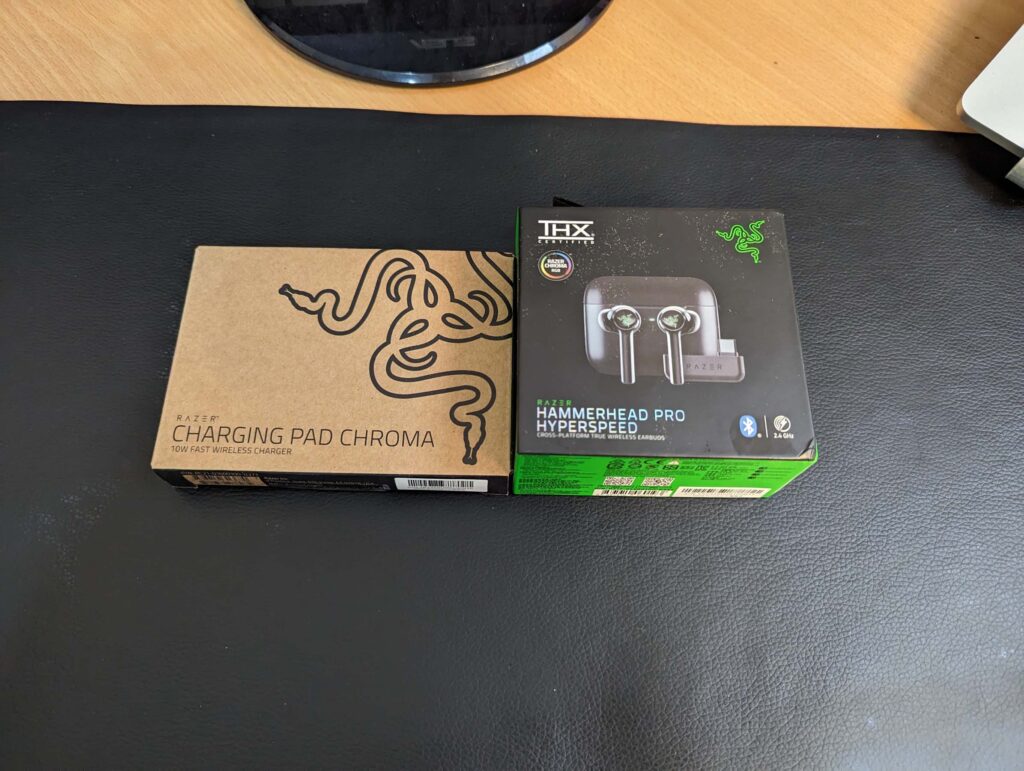
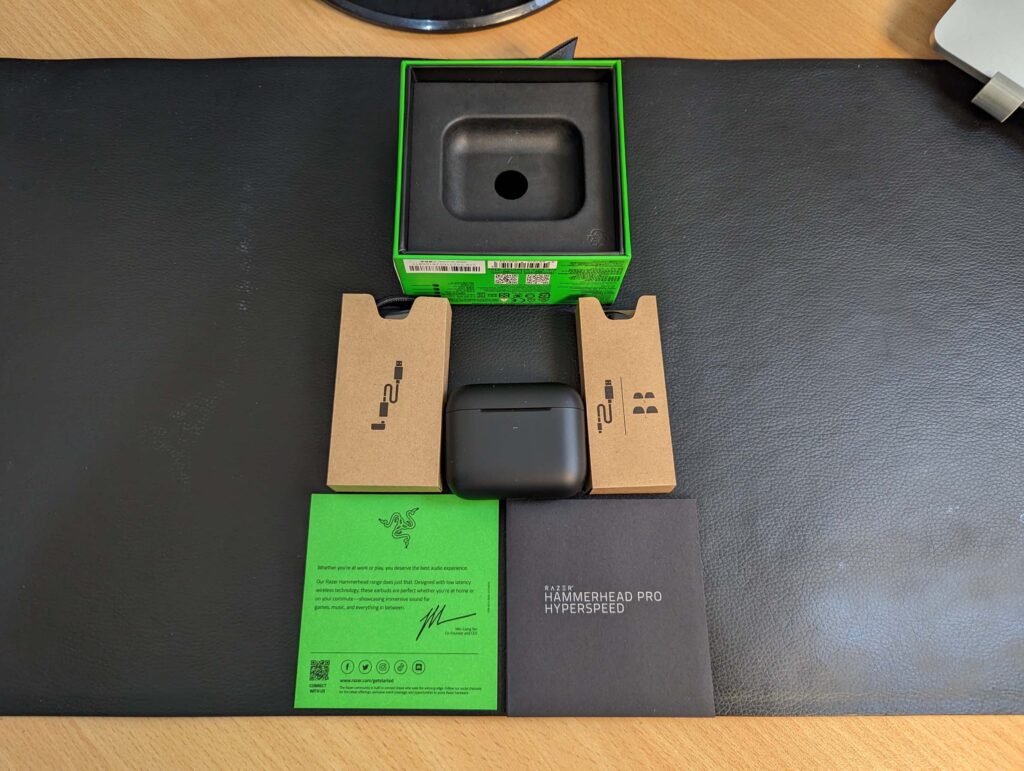
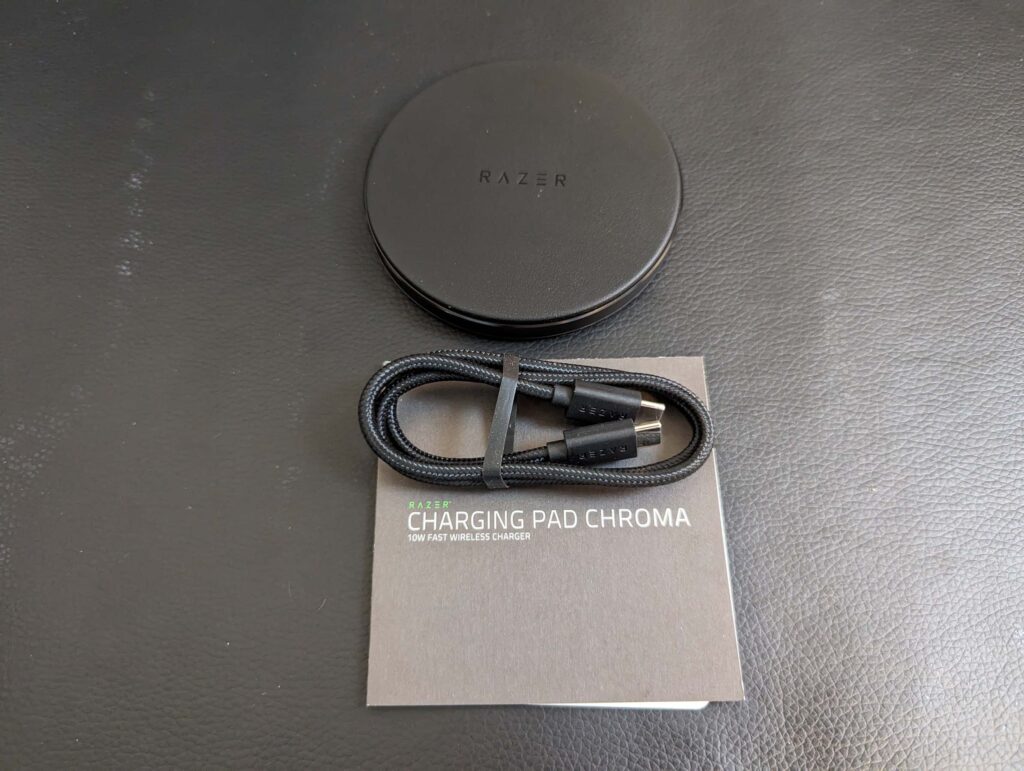
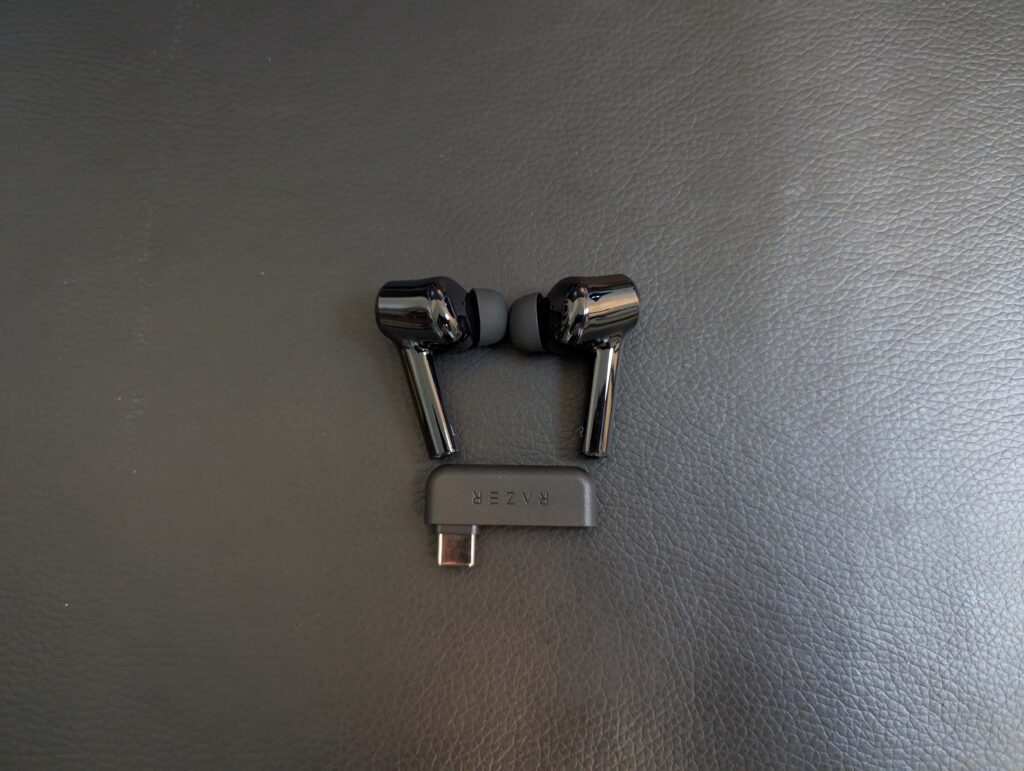
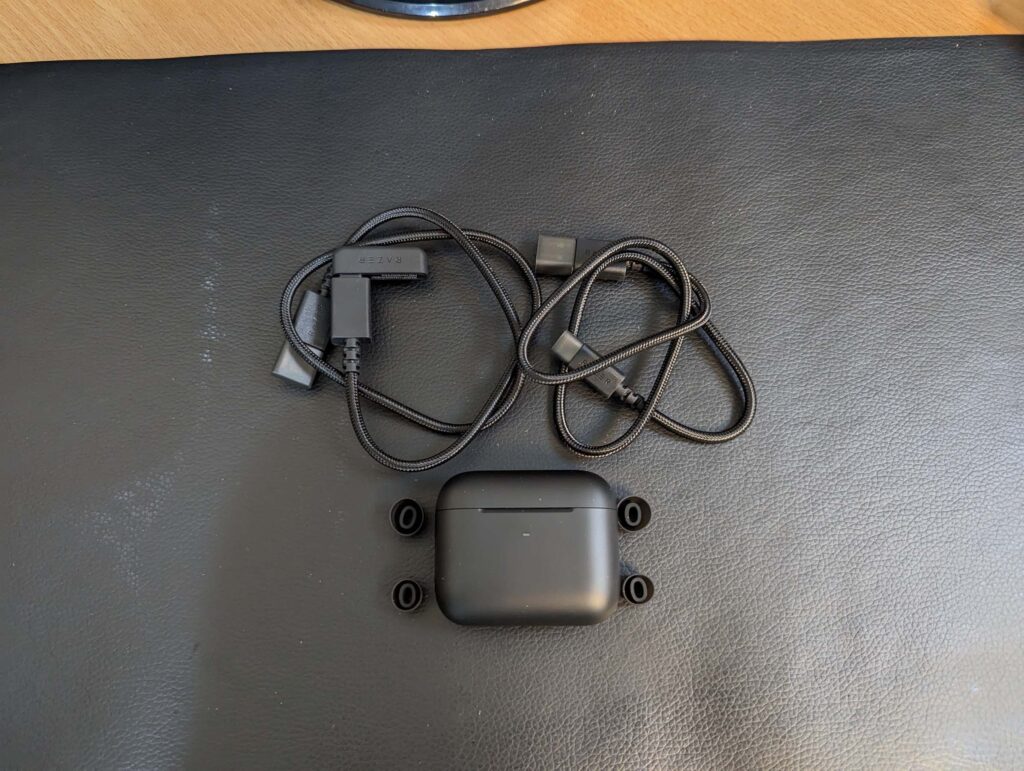
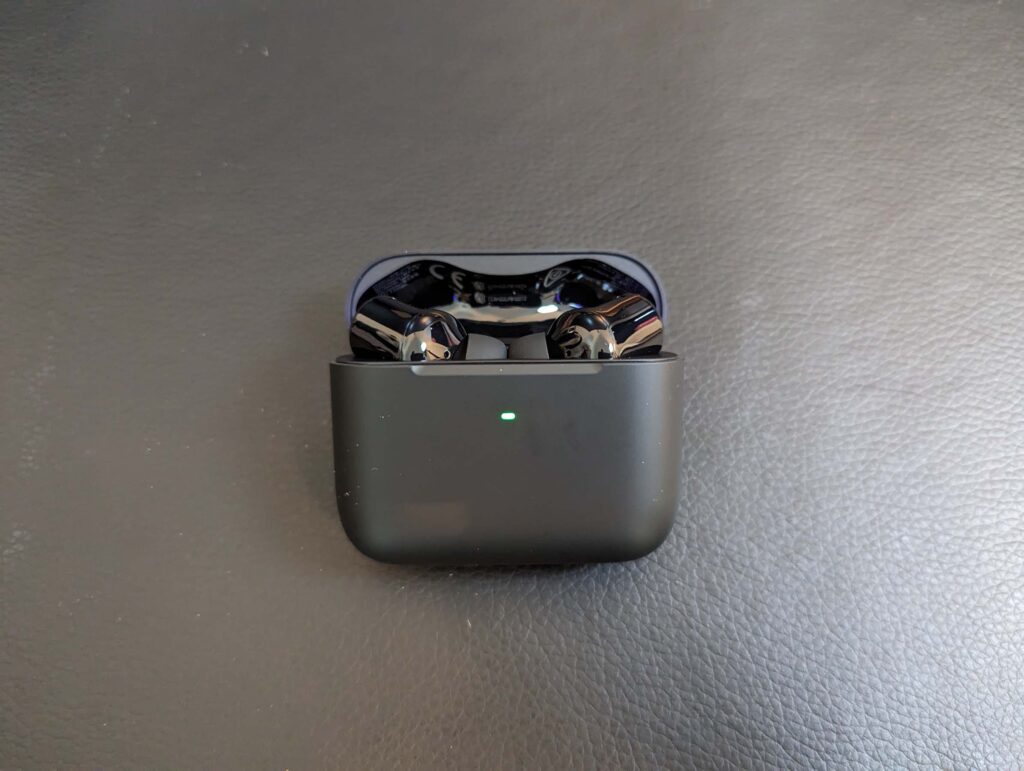
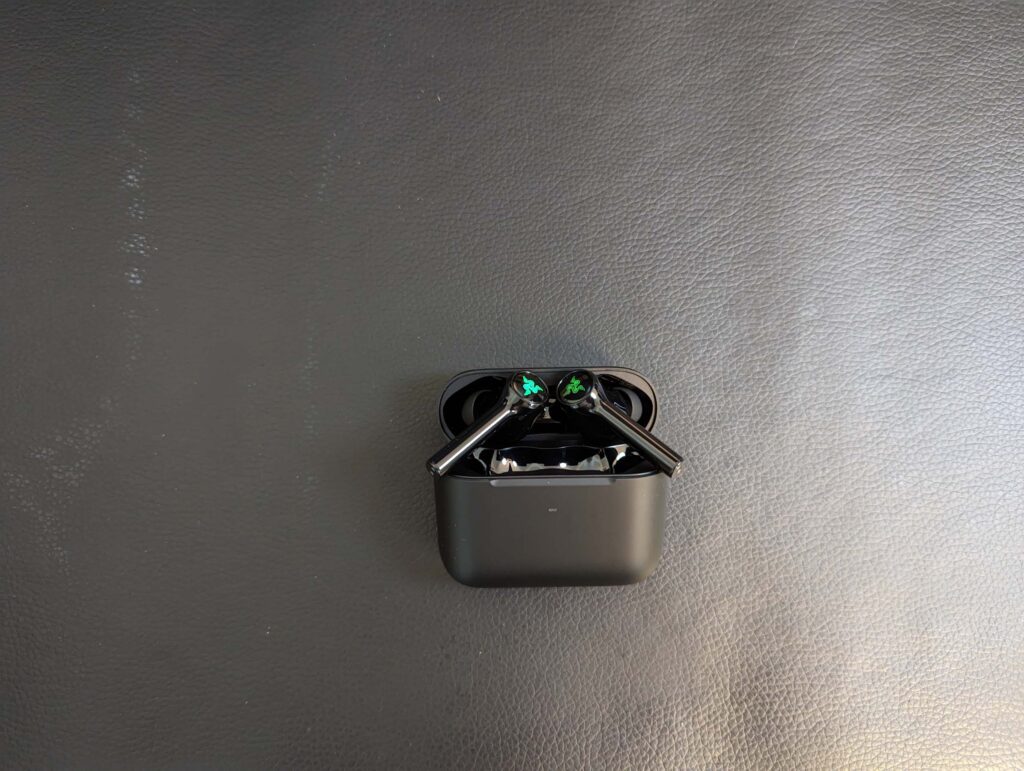
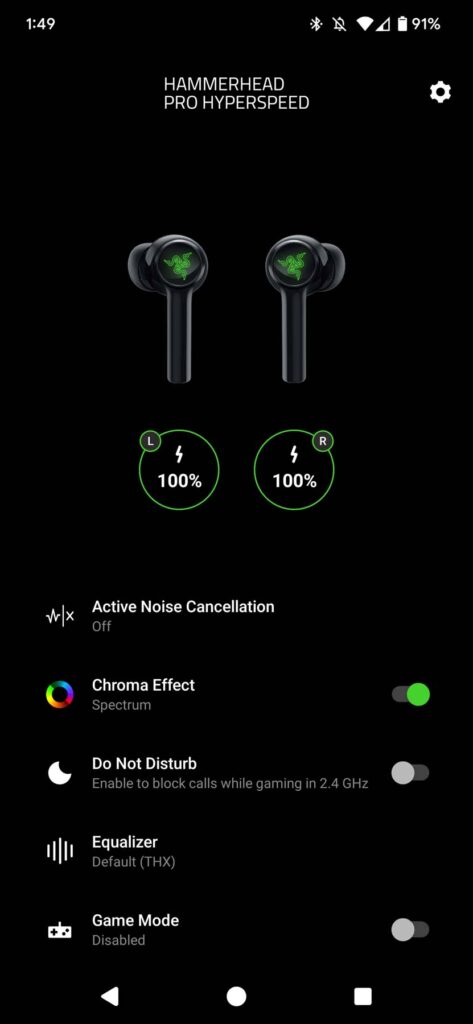
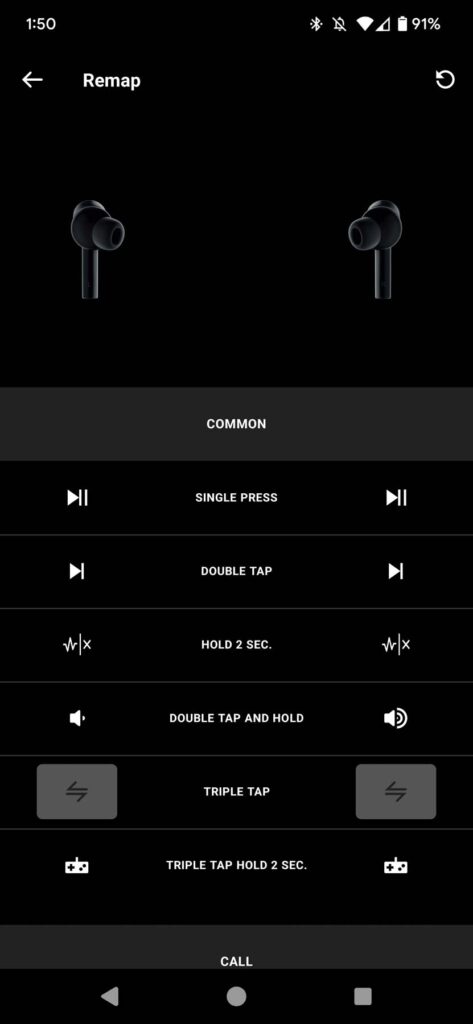
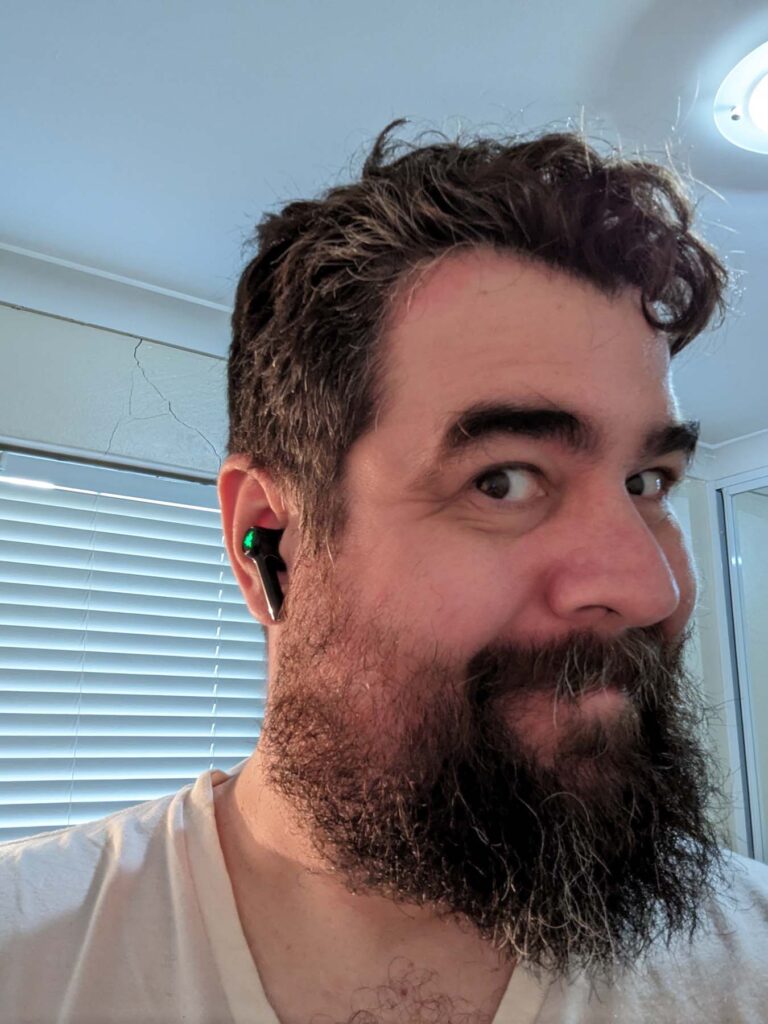
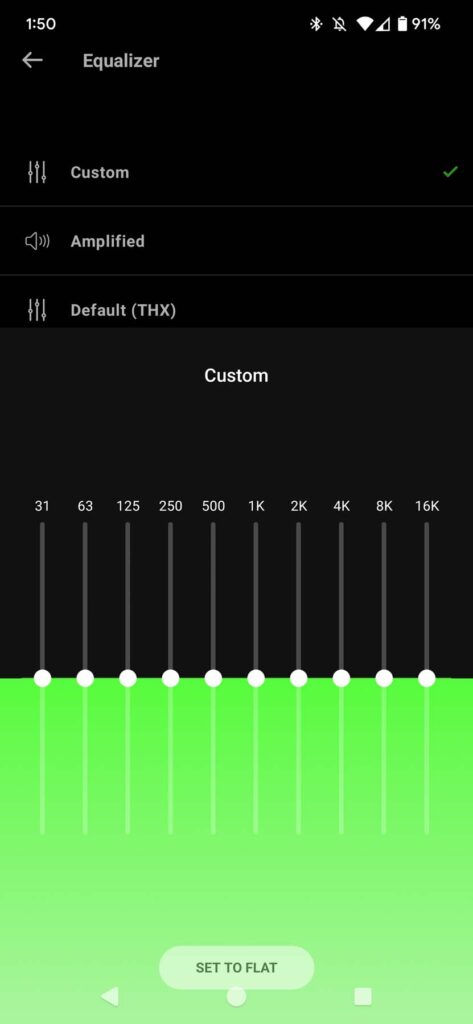
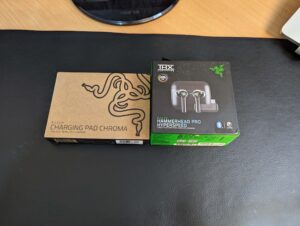
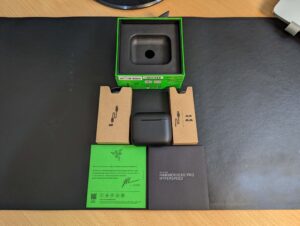
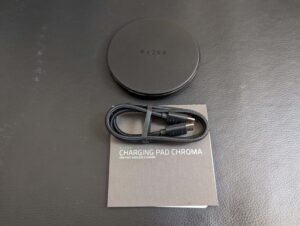
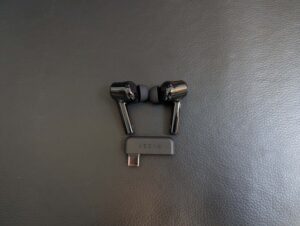
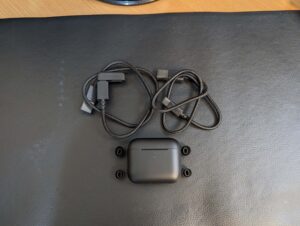
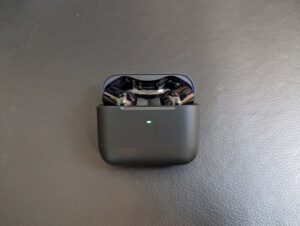
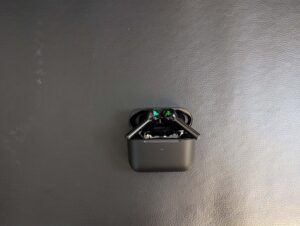
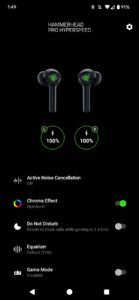
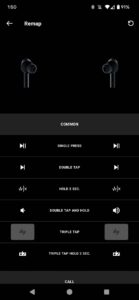
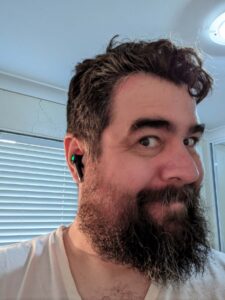

The Razer Hammerhead Pro HyperSpeed wireless gaming earbuds are beautifully tuned with default THX Certified settings. Sure, there are occasional hiccups when shifting between 2.4GHz and Bluetooth but they never dropped out in hours of testing. The battery life could be better in real-world scenarios, and I wish the case had room for the 2.4GHz dongle. Still, those gripes aren’t enough to detract from the wholly immersive audio.
How we review wireless earbuds
When we review earbuds, broadly speaking, we're looking at five main considerations:
- Sound: Obviously. Do they sound good?
- Comfort & Design: Are they nice to wear?
- Features: Is the battery good? Is the connectivity reliable? What's the noise-cancelling like?
- Vibe: What's the overall experience like?
- Value: Are they good for the money?
While audio products can be quite subjective for many reasons, we have standardised testing procedures across the team designed to help us look at the category in a consistent way. You can read more about how we review wireless earbuds here.
Razer Hammerhead Pro HyperSpeed frequently asked questions
Related Articles





